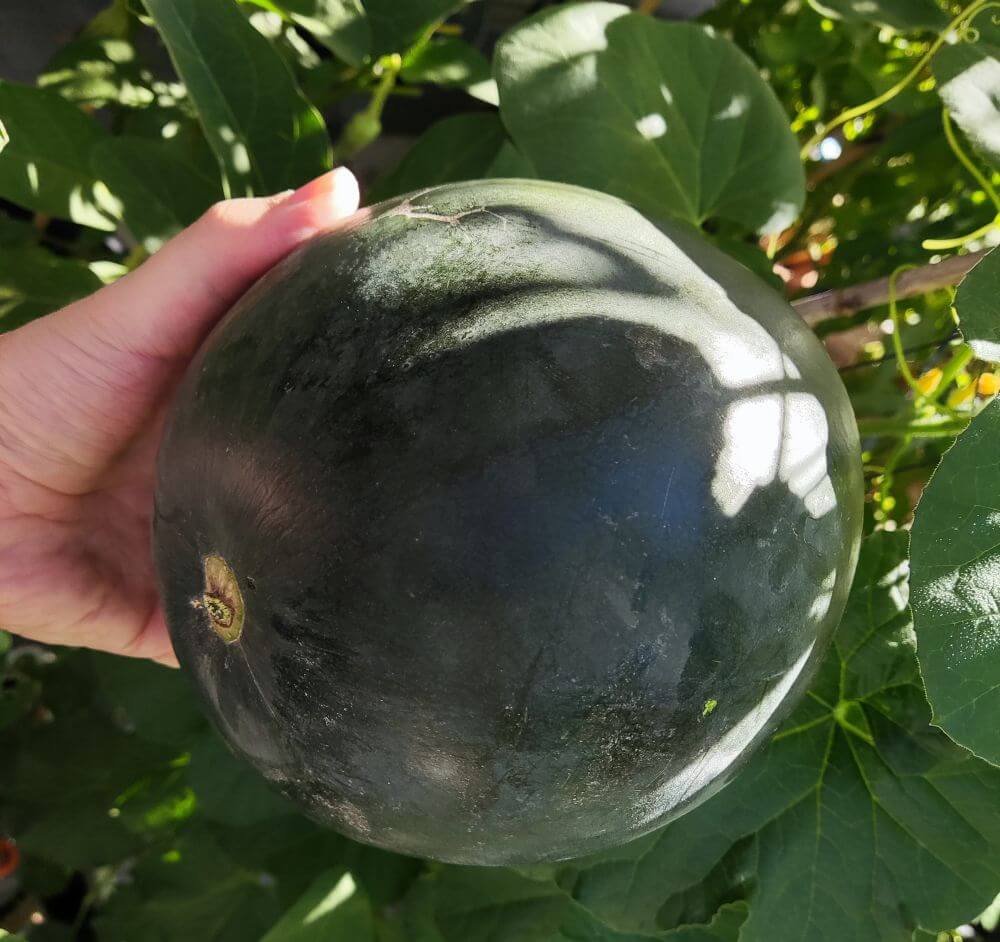7 tips for growing watermelons
Learn how to grow watermelon and add this succulent summer fruit to your garden. Homemade watermelon picked at the peak of its ripeness tastes much better than store-bought watermelon.
Watermelon needs plenty of space and at least 80 days of warm temperatures to grow well. If you have both, learn how to grow watermelons with these tips.
1. Select the best seed variety that matches your climate and location
In warm climates, most varieties do well. Some of the best strains include Crimson Sweet and Moon and Stars.
In hot summer-only climates, choose short-season varieties or varieties suitable for summer heat such as Desert King and Hopi Yellow.
In colder climates, choose short-season varieties such as Golden Midget and Sugar Baby.
If your growing space is small, choose shorter vine varieties such as Mini-Love, Bush Sugar Baby, or Cal Sweet Bush. These varieties can be grown in a bed of 1m² or less.
2. Choose and prepare a good place to grow your watermelons
Watermelon needs a lot of space. Some vines reach up to 6 m or more. Give the watermelon the space it needs to grow well.
Amend the planting area with compost and aged manure. Add a balanced organic fertilizer before planting.
Choose a location in the garden that receives plenty of sunlight.
3. Sow watermelon seeds directly into warm soil
Watermelon performs best when direct seeded once soil temperatures reach 21°C. Sow outdoors 2-3 weeks after your last frost date. Sow 3-4 seeds 2cm deep, 1m apart. Water well with seaweed emulsion after planting. Thin until the strongest plant has 3-4 leaves.
In colder climates, start seeds indoors in 10cm or larger pots and plant 1 month before planting outdoors. Watermelon plants are very sensitive to frost, so wait to plant if there is a risk of frost.
4. Water Watermelon Plants Properly for Better Tasting Fruits
Water slowly and deeply to allow the watermelon roots to grow deeply.
Do not wet the leaves. Wet leaves promote diseases such as powdery mildew.
As the watermelon approaches ripeness, reduce the water to promote sugar content.

5. Feed your watermelon plants during the growing season
Once the vines begin to grow well, feed with a balanced organic fertilizer.
When the fruit settles on the plant, apply some seaweed fertilizer to the soil.
6. Cover the plant and protect the fruit
Cover plants well to prevent weeds and conserve moisture.
Once the fruit is set, use cardboard or a melon cradle to lift the fruit off the ground and protect it from pests and diseases.
It is also possible to grow a watermelon vertically, you will need to use melon hammocks to support the growth of the fruit. I use zip ties to attach the melon hammock to the trellis.
7. Harvest at the right time
Finally, the last tip is to harvest watermelon at the right time.
To know when a watermelon is ripe, and this is usually the most difficult part of growing it, here are some things to look for:
Three tendrils along the end of the stem (going up to the root) are brown, dry, hard and curly.
The bottom of the watermelon turns creamy yellow or white.
You hear a thud when you tap the watermelon, practice touching unripe watermelons to hear the difference.
The appearance of the watermelon changes from smooth to dull.
